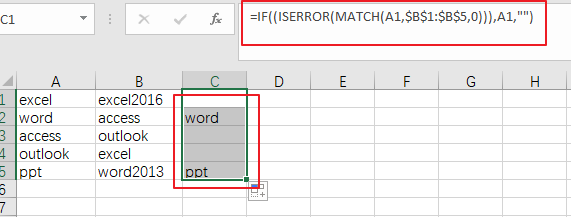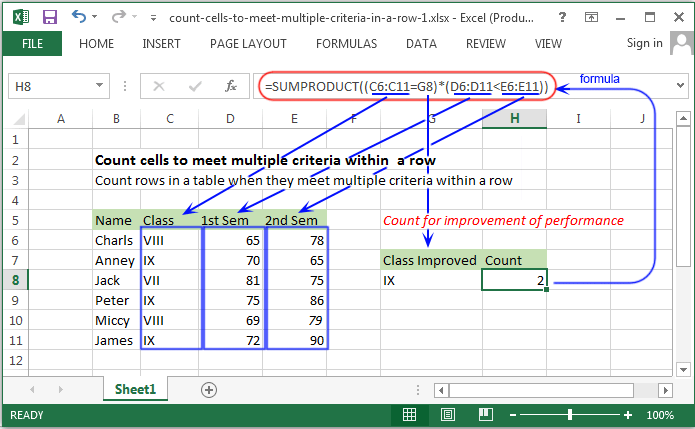

🔗 5 Ways to Find Matching Values in Two Worksheets in Excel Alternative Way # 3: Use New Rule to Find Duplicates in Two Columns in Excel Such as ‘Match and Mismatch’, ‘Positive and Negative’, ‘Same and Unique’ etc. Instead of the words Duplicate and Different, you can use other words also.

❹ Now hold the Fill Handle and drag it to the end of the column ( C2-C12). And if the value is false, the result will be Different.If the value is true, the result will be Duplicate,.❷ Then write this formula in the first cell of that column: ❶ Create a new column beside the following columns. Now to check the duplicates follow the following steps: To find the duplicate names in columns, I have a list of brands around the world here below.
#Compare two columns in excel and return differences how to
🔗 How to Compare Rows in Excel for Duplicates (7 Ways) Alternative Way #1: Use the True/False Logical Formula to Find Duplicates in Two Columns in Excel 🔴 Method 7: Counts how many duplicates are in a datasheet. 🔴 Method 6: This technique will compare two columns in Excel and show the unique values as the difference between the columns. 🔴 Method 5: This technique will find out the duplicate values from the whole data set.

🔴 Method 4: Applicable where we need to compare two columns and return a result in the third column. 🔴 Method 3: If the texts (belonging in the same row) are duplicates, they will be highlighted. 🔴 Method 2: If the texts match the result will be DUPLICATE, if the texts don’t match the result will be DIFFERENT. 🔴 Method 1: The same texts will result in TRUE, the unique texts will result in FALSE. ❻ Then change the Values with the command according to your choice. ❺ In the Duplicate Values dialog box, check that Duplicate is selected inside the bar. ❹ Now go to Highlight Cells Rules > Duplicate Values. Note: take a look at the third picture on this page to see that we swapped the last 2 arguments of the IF function.❸ Then click on the Conditional Formatting drop-down (under Styles group). You can also display the unique values in the second column. Note: take a look at the second picture on this page to see that we swapped the last 2 arguments of the IF function.Ģ. Display the unique values in the first column (these values do not occur in the second column). Unique Values in Each Columnĭo you want to compare two columns by displaying the unique values in each column? Simply swap the last 2 arguments of the IF function.ġ. At step 2, we match each value in the second column with the range in the first column. Note: at step 1, we matched each value in the first column with the range in the second column. You can also display the duplicates in the second column.

As a result, the ISERROR function returns TRUE and the IF function returns an empty string.Ģ. The MATCH function in cell C4 returns a #N/A error (no letter D in the range B1:B7). As a result, the ISERROR function returns FALSE and the IF function returns the value in cell A1. Display the duplicates in the first column (these values also occur in the second column).Įxplanation: the MATCH function in cell C1 returns the number 5 (letter A found at position 5 in the range B1:B7). Let's start by comparing two columns and displaying the duplicates.ġ.


 0 kommentar(er)
0 kommentar(er)
